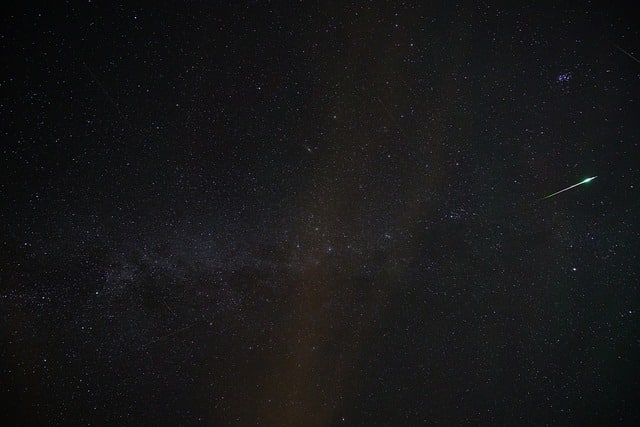
Edmund Halley was the first to calculate the orbit of Halley's Comet.
The Greek word komḗtēs , which comes from kómē (translatable as "hair" ), came into Latin as comēta . The term arrived in our language as a comet , being used in the field of astronomy to refer to a star enveloped or accompanied by luminosity that traces an orbit of great eccentricity .
Comets are celestial bodies made up of icy particles, rocks and dust, with a low-density nucleus, that revolve around the Sun. Knowledge about these elements began to multiply after the invention of the telescope : a device that, thanks to mirrors and lenses, allows the image of bodies that are at a great distance to be enlarged.
The British physicist, mathematician and astronomer Edmund Halley ( 1656 – 1742 ) warned that comets appeared in the Earth's atmosphere periodically. In this context, in 1705 he announced the arrival of a comet that was named after his surname : Halley's Comet .
The orbit of Halley's comet
Halley's Comet has an orbital period that ranges from 74 to 79 years . This means that it takes that period to complete its orbit .
Halley is visible to the naked eye when it is close to the Sun. Due to its short period, it is noted as the only comet that a person can observe twice in their life.
It is estimated that Halley's Comet was first seen in the year 239 BC . In 1705 , Halley managed to calculate its orbit. According to his prediction, the comet would be observable from Earth in 1757 ; however, it appeared at the end of 1758 . The person who detected it was the German Johann Palitzsch .
Its next appearance took place in 1835 , then in 1910 and later in 1986 , when it could be recorded, photographed and analyzed by several space probes. Scientists estimate that it will approach our planet again in 2061 .

Halley's Comet would approach Earth again in 2061.
Its composition
The nucleus of Halley's Comet is covered in a layer of dust. Inside there are craters and holes that contain ice. As the comet approaches the Sun , it emits large amounts of gas due to the increase in temperature.
This approach to the Sun causes the matter to sublimate , with an immediate change of state, which goes from solid to gaseous. It is interesting to mention that Halley's Comet is a black body, although from our planet it is seen white and very bright.
With a reduced mass, the comet has a hair (the cloud of gas and dust that covers the nucleus) that reaches an extension of millions of kilometers. As for the core , it has a height of about 8 km with a width of 8 km and a length of about 15 km .
Regarding its albedo , it is around 4% . This reveals that Halley's Comet reflects only that percentage of the light it receives.
Halley's Comet and the Orionids
A meteor shower that comes from Halley's Comet is known as Orionids . These meteors are composed of large particles.
With its periodic paths, Halley's Comet generates the Orionids that can be seen from anywhere in the world . It also causes the Eta Aquarids between April and May.
